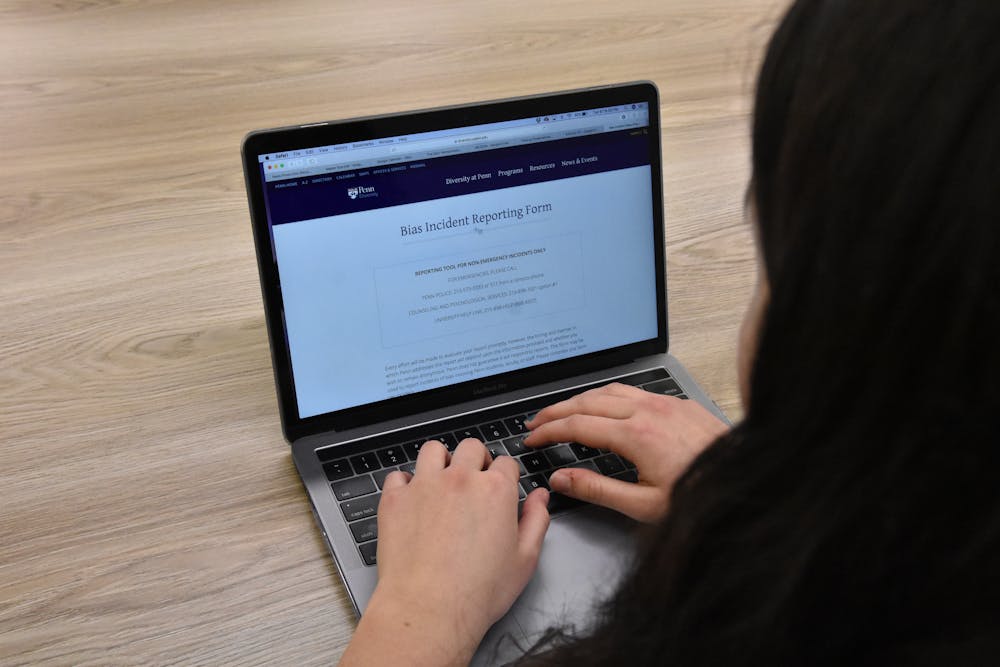
The University’s release of an online bias reporting form last August left students questioning how Penn would address the reports. While only a small amount of reports have been submitted so far, graduate student leaders — who advocated for the form — have clarified how the follow-up process works and how the administration plans to use the data.
Following strong advocacy from the Graduate and Professional Student Assembly, the form was released last August to let students anonymously report and describe incidents such as sexual misconduct and discriminatory harassment. It also allows users to include motivating factors for the incident, such as age, disability, or sexual orientation.
GAPSA President and sociology Ph.D. candidate Haley Pilgrim said around 10 reports have been submitted since the form's launch, most of which were sent by graduate students. She added that GAPSA is currently pushing for the form to be promoted through graduate student email listservs and is working with the Undergraduate Assembly to encourage more undergraduates to use the form.
Pilgrim said each time a student submits a report, it is immediately sent to Penn Senior Vice President for Institutional Affairs and Chief Diversity Officer Joann Mitchell.
According to Pilgrim and Inclusion Diversity Equity and Access Council Chair Francisco Saldaña, who is pursuing a master's degree in nanotechnology, none of the information is directly sent to any Penn departments.
“We don’t want that to go to the department because it would give them the ability to give pushback to that student, and we don’t want them to feel uncomfortable or unsafe,” Saldaña said. “We want them to feel safeguarded."
Saldaña and Pilgrim explained that after Mitchell is notified of an incident, she reaches out to the individual student so they are involved with the University’s next steps.
“It’s personalized in who [Mitchell] works with to resolve the issue,” Pilgrim said. “Each one is treated on a case-by-case basis.”
But one of the challenges of the form is balancing an effective follow-up process while maintaining the privacy of anonymous users.
The form asks students to be “as detailed as possible” when reporting a bias incident so that the University can take action. GAPSA chair for International Affairs and second-year
Ph.D candidate Christiana Kallon Kelly said these details may reveal the identity of a student who submits the form anonymously — especially if the student belongs to a small minority within Penn.
In the long term, the University will use the reports to track what types of bias incidents happen most often and when, Saldaña and Pilgrim said. This data would help administrators determine where to allocate resources, track progress, and release semesterly or annual reports to the Penn community. Some of Penn’s peer institutions, including Cornell University, already release similar reports.
Saldaña and Pilgrim added that currently, because of the small sample size, the University cannot accurately identify trends of bias and cannot release public reports.
“It’s too early to comment in detail beyond that to protect the identities of the individuals who have used the form,” Vice President for University Communications Stephen MacCarthy wrote in an email to The Daily Pennsylvanian.
"The schools should know," Pilgrim said. "Faculty should know, your friends should know it exists; when your peers are venting to you, you can point them to that resource. To me, I think it’s empowering for students to know they have this."
The Daily Pennsylvanian is an independent, student-run newspaper. Please consider making a donation to support the coverage that shapes the University. Your generosity ensures a future of strong journalism at Penn.
Donate



